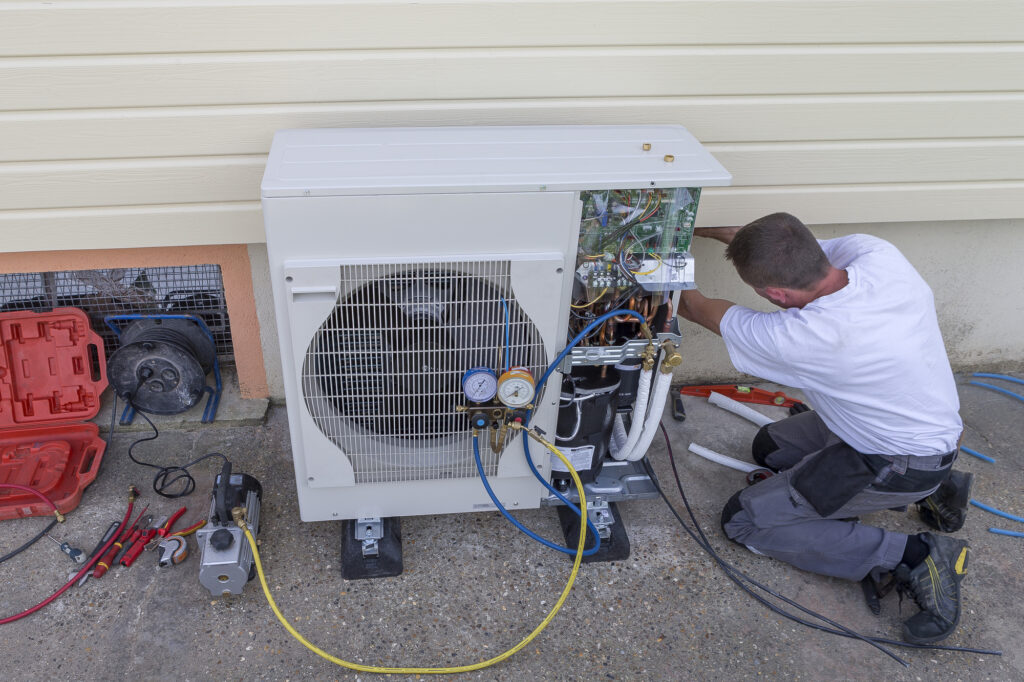Much thought and consideration should be given when selecting a classic car shipping service. Unlike other vehicles, shipping a classic car requires a lot of planning and is a service that is both delicate and intricate. Classic cars also happen to require a lot of devotion and affection, as they often have financial and sentimental value attached to them. Shipping classic vehicles is a long and tiring process that, when neglected, causes financial harm to the owner, as damages and delays would be expected.
This article serves as a classic car shipping guide that sheds light on the mistakes frequently made while shipping cars and their solutions. Whether you are relocating, displaying your classic car at an event, or you are selling it to a buyer from another state, the chances of your vehicle getting damaged from a lack of the right shipping options could be reduced significantly when the correct measures are exercised.
Selecting an Improper Shipping Method
Open car transport is the cheapest way to transport a vehicle. However, it is also the least secure and most high-risk. Choosing this option means that your car is susceptible to damage from the elements.
For high-value cars, options like secure car shipping or enclosed auto transport should be utilized instead. Unlike other shipping methods, which expose the car to dust, snow, and scratches, enclosed carriers protect classic, exotic, and luxury vehicles. They are preferred as they provide the restraint needed from the environment. The cost incurred when selecting these options is derived not only from the security provided, but also from the satisfaction and tranquility of reduced risk that is often associated with choosing enclosed transport methods.
Overlooking the Impact of Seasonality and Route Popularity on Pricing
As with many shipping services, the costs associated with shipping classic cars are influenced by international regulations such as tariffs and can vary with the season, as well as the popularity of the routes. As with many services, shipping classic cars has a peak season and a low-demand season.
Not booking a classic car shipping years ahead can result in limited shipping slots and increased costs. Cars shipped to and from extremes of the weather also face increased costs, such as the potential for added rescheduling or storage fees due to bad weather.
Failing to Thoroughly Vet the Transporter
Transporting a classic car comes with many risks, especially if you do not do your homework on the company you want to hire. Always ensure you check:
- Licensing and Registration: Make sure the company is licensed to operate as a motor carrier by the U.S Department of Transportation.
- Insurance Coverage: Double-check that the firm has a policy in place that covers the entire worth of your classic car.
- Reputation: Look for feedback, ratings, and testimonials from prior clients.
Any reputable firm will be more than willing to share its credentials and insurance documents. Avoid carriers that, for some reason, do not want to share documents and are in a hurry to book you in.
Over Skipping a Vehicle Inspection
In the case of your classic vintage car, a meticulous assessment is nonnegotiable. Take photos of all angles, including up-close scratches and paint chips. Ensure that the driver and you sign the Bill of Lading with noted matching signatures. Deciphering the odometer reading and photographing it is essential as well.
Without the proper inspection, you face the risk of difficulty filing a damage claim in the event of anything happening during transit.
Leaving Unneeded Items Within the Vehicle.
The risk of all personal items, along with aftermarket electronics, floating around in the car is redundant. Moreover, additional weight not only increases the chances of slow delivery, but it also boosts costs.
Hence, all personal items, accessories, and Electronics should be zip-tied until the car reaches its destination.
Not Considering the Price of the Auto Enclosed Transport
As saving a few pennies is rational, avoiding enclosed carriers is not. Enclosed carriers are essential for safeguarding collector vehicles, as everyday vehicles can be transported openly.
With enclosed auto transport, your vehicle is shielded from the elements, flying debris, and even the attention of bystanders. This is critical for rarer or irreplaceable models because, for them, this form of transport is not an upgrade; it is the standard.
Not Understanding Insurance Gaps
Assuming that your auto insurance covers damages while the vehicle is in transport is a common mistake. This is, unfortunately, a common mistake. Though all shipping companies carry liability and cargo insurance, some leave out ‘strip’ insurance, which is essential.
For a smooth transport, ensure that you do the following:
- Always obtain a copy of the transport company’s insurance policy.
- Always inquire about the coverage limitations and the add-on exclusions.
- Always consider obtaining a supplemental policy for vehicles with a higher appraisal.
By following these steps, you will reduce the chances of inadvertently exposing yourself to additional transport costs due to a lack of insurance coverage.
Not Ensuring the Vehicle is Ready for Transport
Preparing your car for transport is essential for a vehicle’s smooth transport. This means, in this specific instance, washing the car thoroughly to ensure that all scratches and dings are easily visible.
To increase the chances of a vehicle being smoothly walked through the transport pick-up and drop-off, you may want to perform these steps:
- Skip all of the fixing of the vehicle’s mechanical issues.
- Ensure that the vehicle has a quarter tank of fuel.
Lack of Consideration for Pickup and Delivery Date Flexibility
Classic car transport operates around the weather, traffic, and other vehicles scheduled along the route. Being too strict on your schedule can limit carrier options and increase costs.
Where possible, provide a flexible pickup and delivery schedule. This will permit better route planning, which leads to a lower price and fewer scheduling conflicts.
Overlooking Export Compliance
If you are shipping classic cars, you will want to factor in customs, export compliance, and Car Tariffs that apply. Misunderstanding these regulations can impose delays, additional fees, or vehicle confiscation.
Engage a transport expert to ensure all paperwork, taxes, and compliance needs are prepared before the international shipping date.
What Solutions are Available
Investing in the right coverage for classic cars, proper planning, and shipping strategy mitigates mistakes. Selection of a trusted carrier aids in protecting your investment. Understanding the price factors, reducing the risks.
For classic cars of high value, the best option is Secure Car Shipping using enclosed auto transport. This method protects your vehicle from road and weather-related damage from the moment of pickup to delivery.
Final Remarks
Moving a classic car is not as simple as transporting it from one location to another. It requires attention to detail and planning to mitigate the financial investment, aesthetics, and historical significance of the vehicle. By avoiding these pitfalls, one stands to benefit greatly from not losing money, time, and stress.
Each and every step is crucial, from selecting the transporter to factoring in Car Tariffs in international transport. Strategically planning, whether it is across the state or the ocean, coupled with investing in Secure Car Shipping with enclosed auto transport, is the best option to protect and maintain the value of classic cars.



